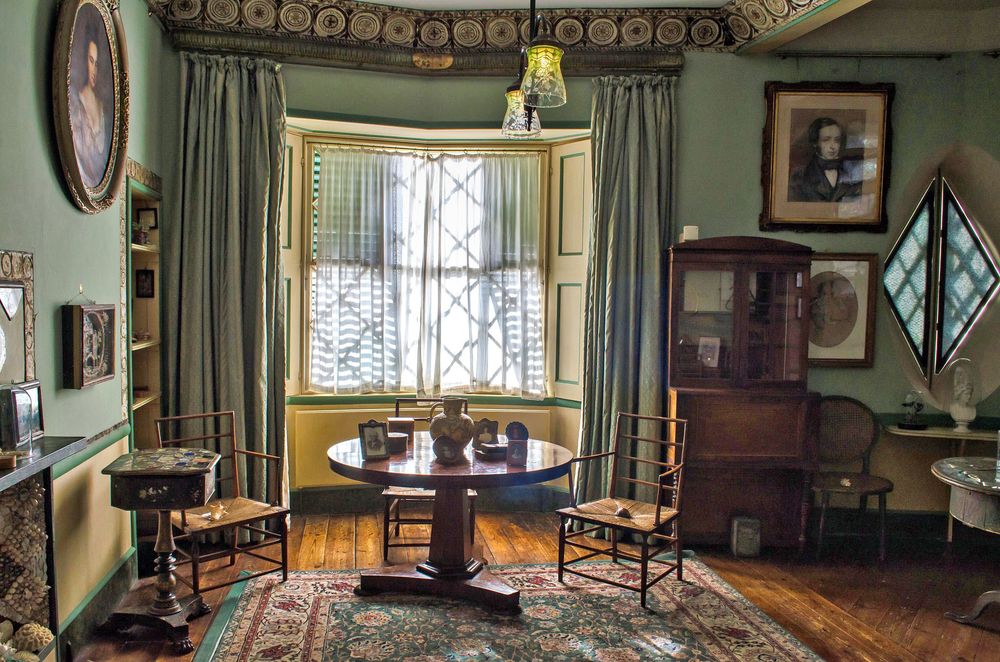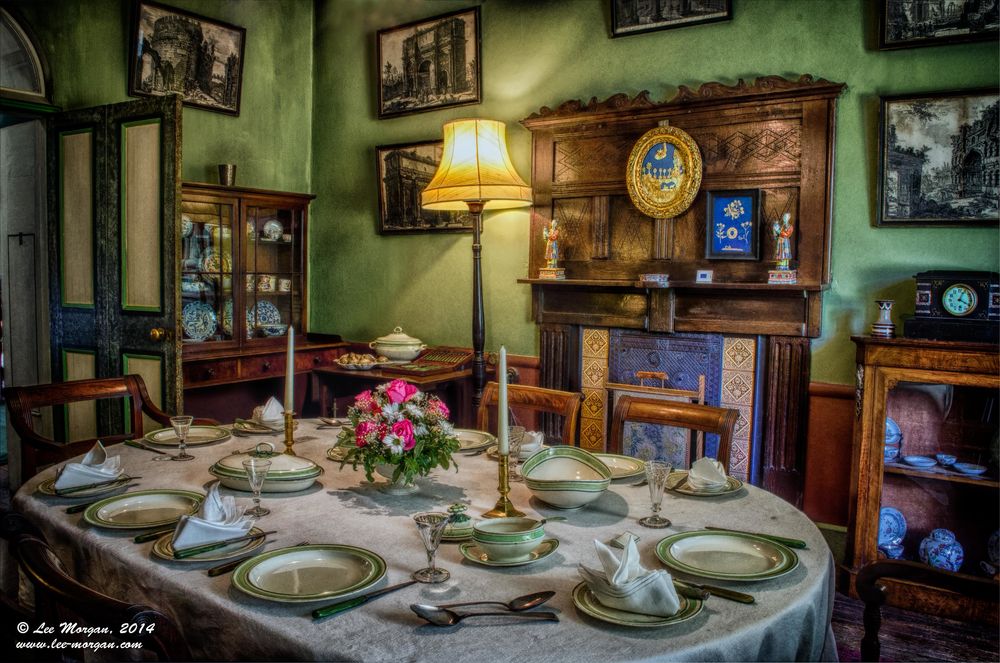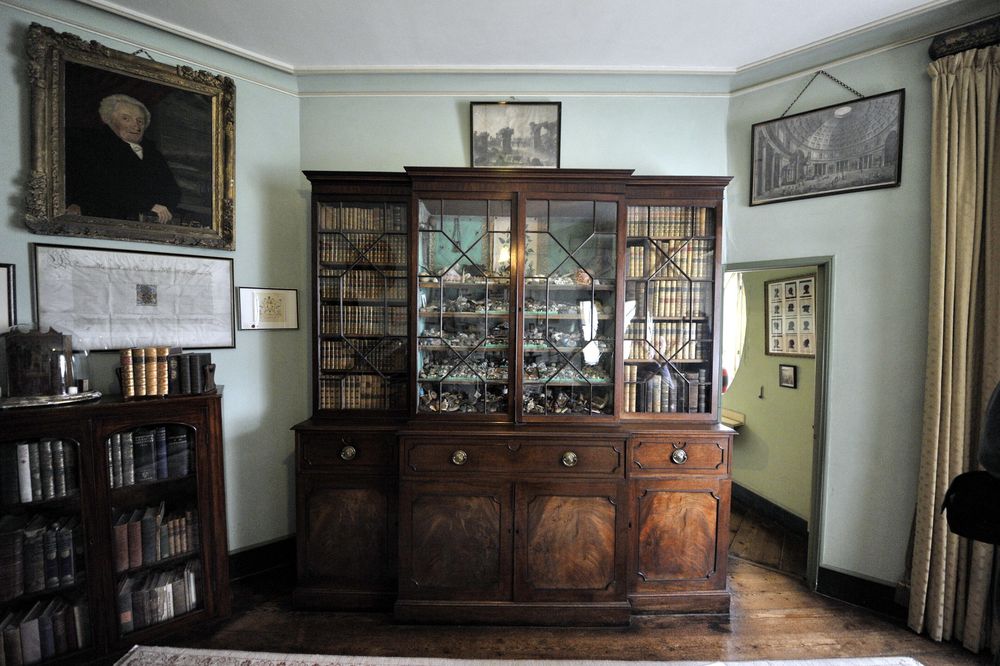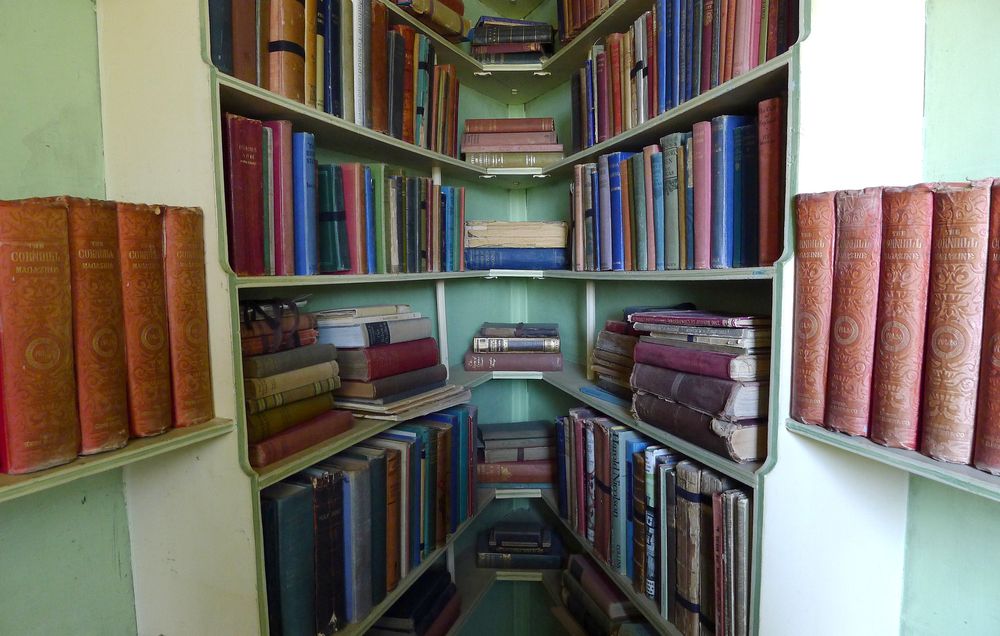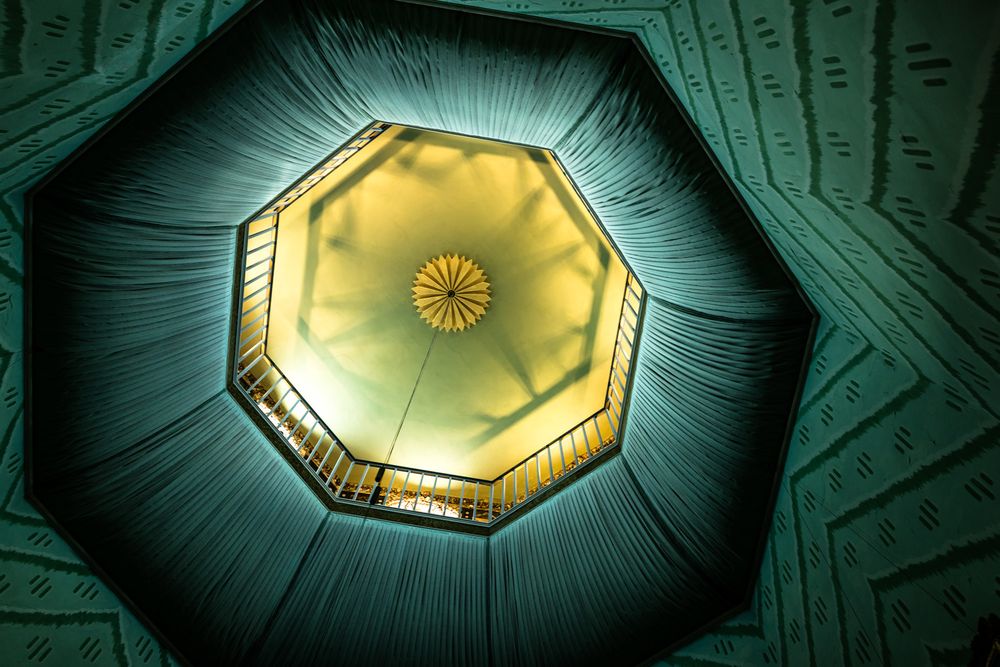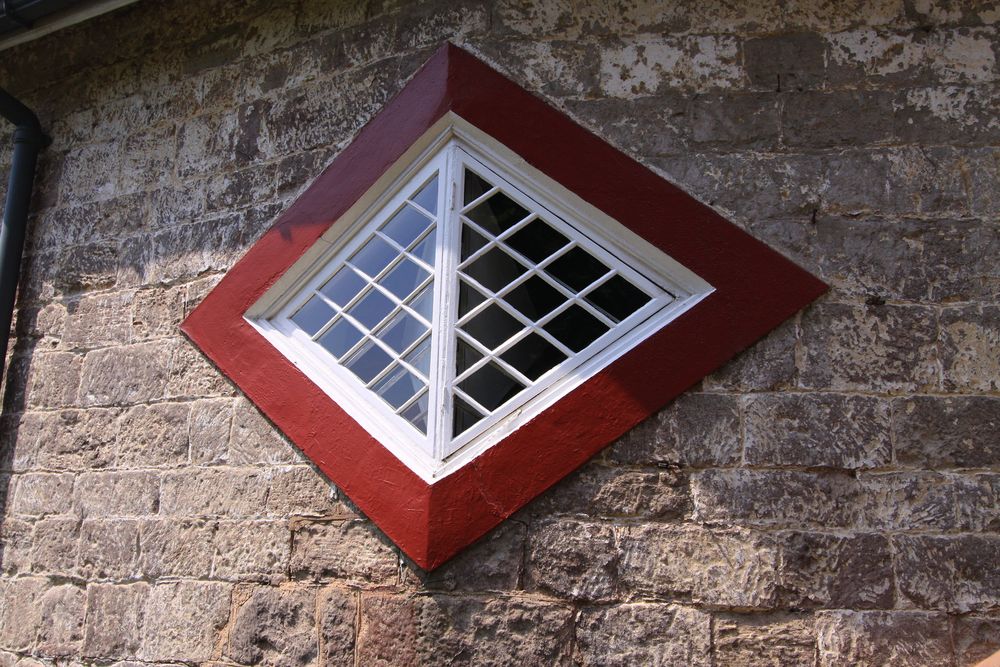In Devon, England, near the village of Lympstone, lies a unique 18th-century marvel. The most striking feature of this house is its sixteen sides, ensuring that the structure is bathed in sunlight whenever the sun is out.
Jane and Mary Parminter, two independent cousin sisters, were the builders of this remarkable 18th-century house. They embarked on this project upon returning to England from their decade-long European journey.
Jane Parminter’s father was a wealthy Devon wine merchant. After his passing in 1784, Jane set off on a grand tour of Europe, accompanied by her invalid sister Elizabeth, orphaned cousin Mary, and one of her close female friends. For nearly a decade, these financially blessed women traveled extensively across Europe, including Italy, France, Switzerland, Germany, Portugal, and Spain.
Upon completing their magnificent European adventure, these ladies returned to England in 1795. Back on their home soil, they decided to construct a unique structure that would serve as a reminder of their European journey and house the souvenirs they had collected during that time.
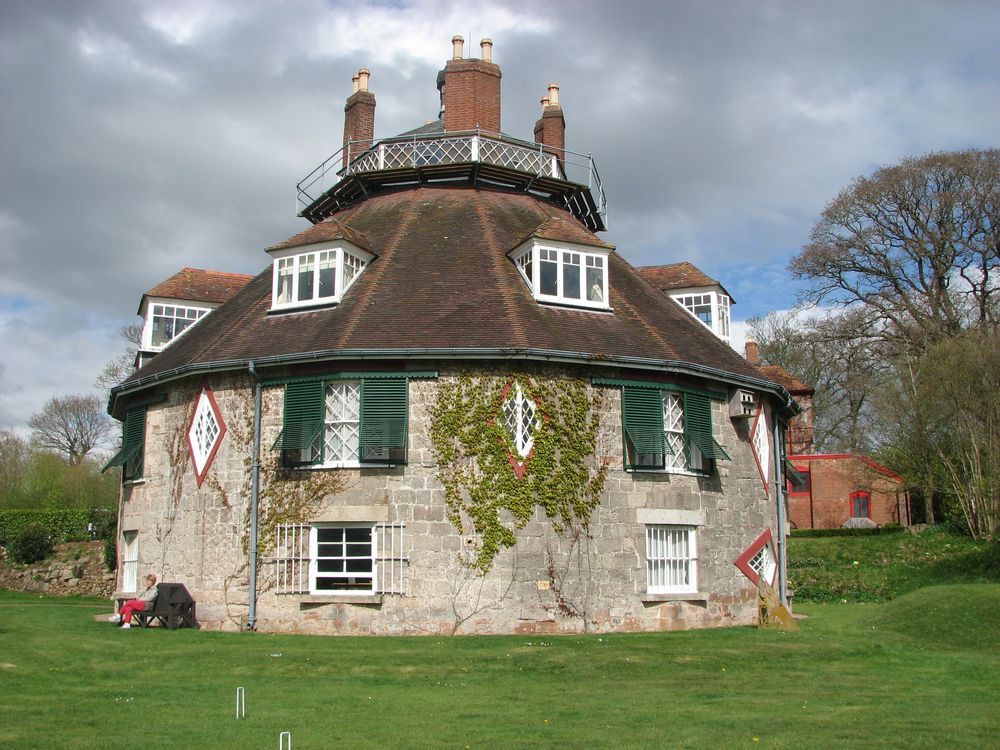
The two cousins negotiated the purchase of fifteen acres of land near the newly fashionable resort of Exmouth. They built a charming sixteen-sided cottage, inspired by the design of the octagonal basilica of San Vitale in Ravenna. The structure was likely the work of Bath architect John Lowder, although family history maintains that Jane herself designed it.
A la Ronde boasts twenty rooms spread across three floors. The ground floor once housed staff quarters, a strong room, a wine cellar, and the kitchen, while the first floor was reserved for the ladies. At the house’s midpoint is an octagonal hallway with eight doors leading to radially arranged rooms.
These rooms are interconnected, allowing for a complete circuit without entering the hallway itself. This design accommodated Jane and Mary’s habit of following the sun’s light and warmth throughout the day. They would begin their mornings with breakfast in an east-facing room and then move to a west-facing oval room in the evening for tea.
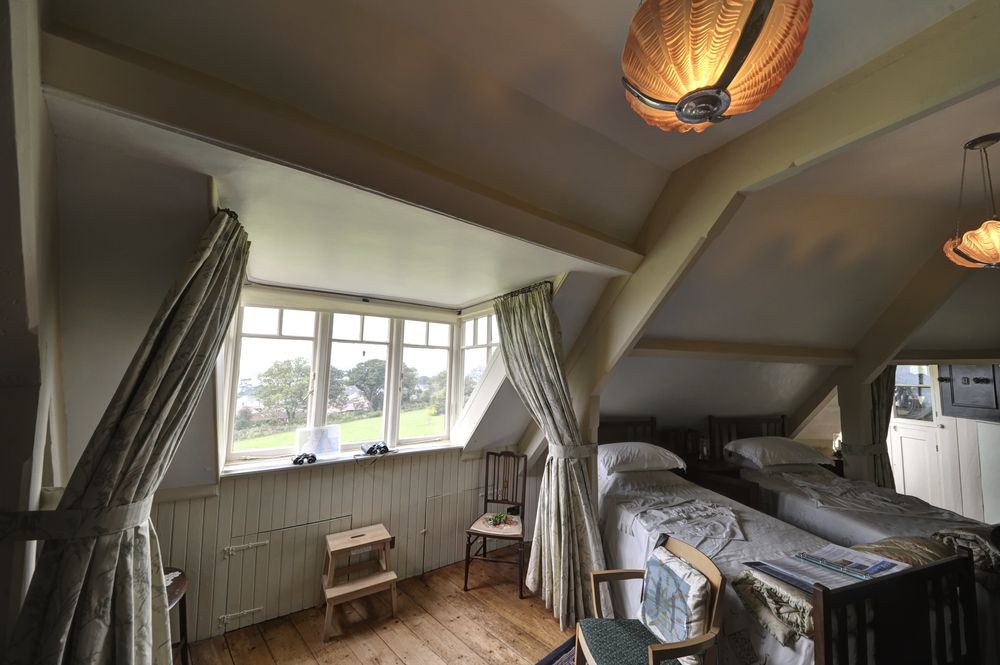
In Devon, England, near the village of Lympstone, lies a unique 18th-century marvel. The most striking feature of this house is its sixteen sides, ensuring that the structure is bathed in sunlight whenever the sun is out.
Jane and Mary Parminter, two independent cousin sisters, were the builders of this remarkable 18th-century house. They embarked on this project upon returning to England from their decade-long European journey.
Jane Parminter’s father was a wealthy Devon wine merchant. After his passing in 1784, Jane set off on a grand tour of Europe, accompanied by her invalid sister Elizabeth, orphaned cousin Mary, and one of her close female friends. For nearly a decade, these financially blessed women traveled extensively across Europe, including Italy, France, Switzerland, Germany, Portugal, and Spain.
Upon completing their magnificent European adventure, these ladies returned to England in 1795. Back on their home soil, they decided to construct a unique structure that would serve as a reminder of their European journey and house the souvenirs they had collected during that time.
The two female cousins negotiated the purchase of fifteen acres of land near the newly fashionable resort of Exmouth. They built a charming sixteen-sided cottage, inspired by the design of the octagonal basilica of San Vitale in Ravenna. The structure was likely the work of Bath architect John Lowder, although family history maintains that Jane herself designed it.
A la Ronde boasts twenty rooms spread across three floors. The ground floor once housed staff quarters, a strong room, a wine cellar, and the kitchen, while the first floor was reserved for the ladies. At the house’s midpoint is an octagonal hallway with eight doors leading to radially arranged rooms.
These rooms are interconnected, allowing for a complete circuit without entering the hallway itself. This design accommodated Jane and Mary’s habit of following the sun’s light and warmth throughout the day. They would begin their mornings with breakfast in an east-facing room and then move to a west-facing oval room in the evening for tea.
The interior of the house was ingeniously designed to adapt to its distinctive shape and challenging angles. Bookshelves and cupboards featured sliding coverings, interior doors were also sliding to save space, and flaps folded down between the octagon doors to provide additional seating.
The Parminters were responsible for much of the interior decoration, which is nothing short of magnificent. They created the shell-encrusted gallery, the feather frieze in the drawing-room, the staircase, the mosaic work, papercuts, and other crafted items.
Jane Parminter passed away in 1811 and was buried in the small chapel on the land adjoining A la Ronde. Mary continued to reside at A la Ronde until her death in 1849. Her will specified that the property could only be inherited by “unmarried kinswomen.”
Following her wishes, the house’s ownership was transferred to her unmarried cousins, Sophia and Jane Hurlock, and later, in 1879, to another cousin, Stella Reichel.
However, in 1886, Reichel made some legal changes to the will that allowed her brother to become the house’s first male owner. This alteration led to significant changes in the structure, including modifications to the house and gardens, the construction of a water tower and a laundry room, the addition of central heating, an extra bathroom, and an upstairs bedroom with dormer windows. An external catwalk added to the structure’s beauty.
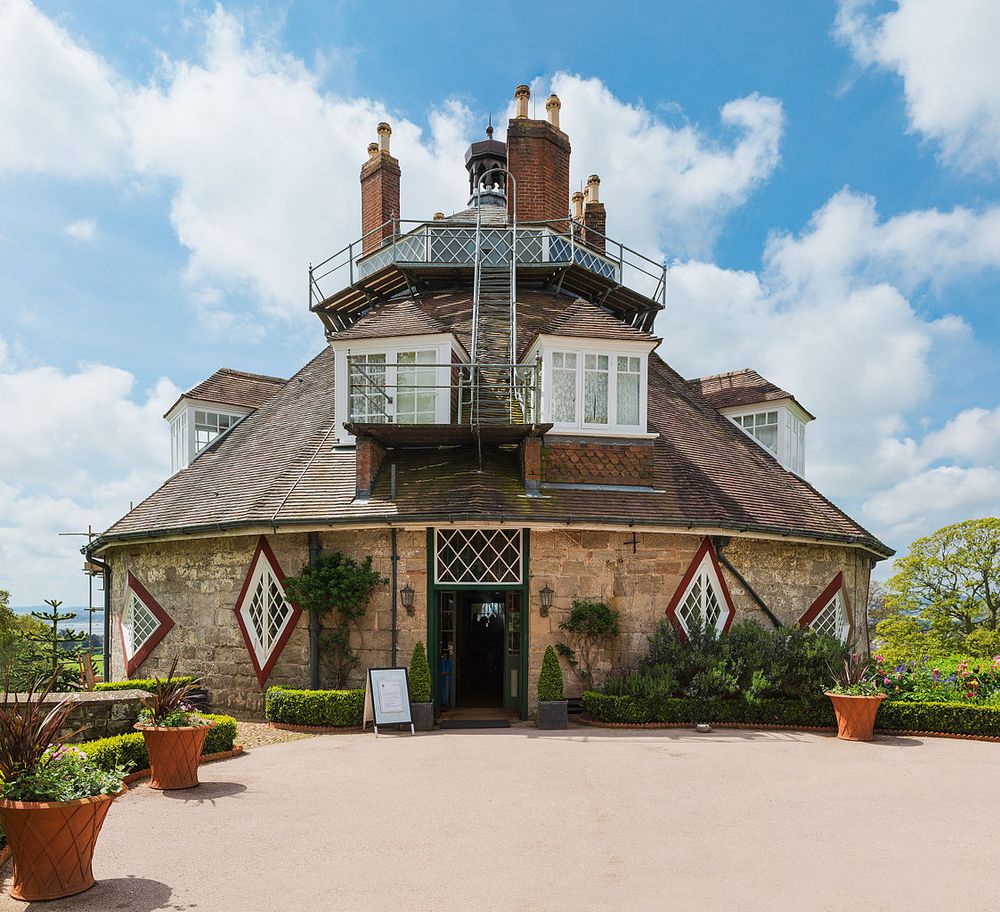
After Oswald’s passing, the house, which carried a female legacy, was once again transferred, this time to Margaret Tudor, a niece of Reichel. The new owner of A la Ronde opened it to the public in 1935. The house was eventually entrusted to the National Trust in 1991 and restored to its original state, as envisioned by the ladies who built it.
This structure stands as a symbol of female resourcefulness and independence from a time when women were fighting for their basic rights. Today, it remains an incredible property with a unique history of its own era.
